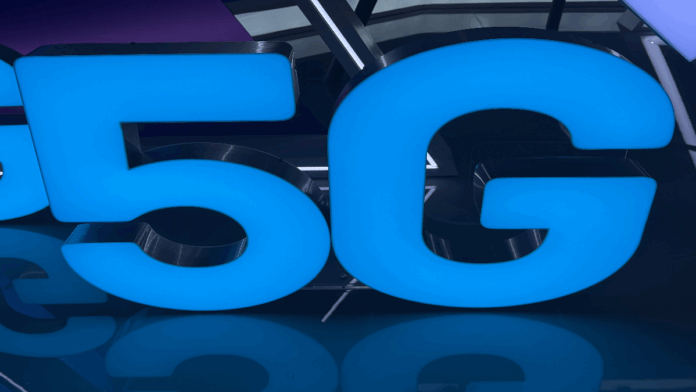State-run carrier Viettel Group, which secured the adjacent B2-B2′ band (713–723 MHz/768–778 MHz) in a May auction, is excluded from bidding on the current 700 MHz blocks
Key low-band spectrum returns to auction – Vietnam will re-auction the B1-B1′ and B3-B3′ blocks in the 700 MHz band, essential for improving 4G/5G reach and signal quality.
Viettel excluded from latest round – After winning the B2-B2′ band in May 2025, Viettel is not eligible to bid in this re-auction.
700 MHz band boosts rural coverage – Known for long-range, high-penetration characteristics, this band is crucial for reliable service in cities and underserved areas.
Vietnam’s Ministry of Science and Technology has announced plans to re-auction usage rights for two frequency bands that are key to expanding 4G and 5G mobile network coverage in the country, according to local press reports.
The auction covers the 703–713 MHz/758–768 MHz (B1-B1′) and 723–733 MHz/778–788 MHz (B3-B3′) frequency bands. Both bands will start at a minimum bid of over VND 1.95 trillion ($75 million). Winners will receive a 15-year license.
Operators interested in participating must submit confirmation of eligibility within 30 days of the official auction plan announcement, according to the reports. State-run carrier Viettel Group, which secured the adjacent B2-B2′ band (713–723 MHz/768–778 MHz) in a May auction, is excluded from bidding on the current blocks.
The 700 MHz band is widely deployed globally for 4G and 5G services, enhancing both coverage and network stability in densely populated areas. Vietnam previously used this spectrum for analog TV broadcasting. Following the nationwide transition to digital terrestrial television, the 700 MHz band was reassigned to mobile telecommunications.
An earlier auction attempt in December 2024 failed, due to insufficient interest in the 700 MHz band by local carriers. The B2-B2′ re-auction in May 2025 succeeded after two bidding rounds, with Viettel as the winner.
Its 700 MHz license will be valid for 15 years and will be used to support both 4G and 5G connectivity, including Internet of Things (IoT) applications such as smart cities, precision agriculture, and intelligent transportation systems.
Viettel noted that the newly acquired spectrum will support its goal of reaching 99% population coverage across Vietnam by 2030. Viettel also plans to deploy over 20,000 5G base stations during 2025.
In January, Viettel reported that its 5G network reached 4 million subscribers after the company launched the service in October 2024. The telco had said that the 4 million subscribers accounted for 70% of 5G-enabled devices within the coverage area of the carrier’s 6,500 5G base stations.
At the time of the initial 5G launch, the state-run operator said it had deployed network infrastructure to provide 5G services to all 63 localities in Vietnam, focusing in particular on tourism sites, seaports, airports, industrial parks, hospitals, and schools.
Viettel has established two 5G laboratories in Hanoi and Ho Chi Minh City. These facilities enable developers to test applications and address challenges such as signal interference or protocol mismatches, ensuring that new IoT and 5G technologies are well-suited for Vietnam’s market.
The telco noted that the new 5G service can offer connection speeds of up to 1 Gbps, with nearly zero ping. Viettel is deploying the 5G service using both Standalone (SA) and Non-Standalone (NSA) architectures.
For business customers, Viettel said its 5G network will provide a total of 130 use case options for industrial production, smart city, logistics-transport, agriculture, healthcare, education and energy sectors, integrated with cloud, artificial intelligence (AI) and Internet of Things (IoT) technologies.
Rival operator VNPT launched 5G services in December 2024, while MobiFone officially launched its 5G mobile services in March 2025.
MobiFone’s 5G service operates on the 3.8-3.9 GHz frequency band, utilizing both 5G NSA and 5G SA architectures.

